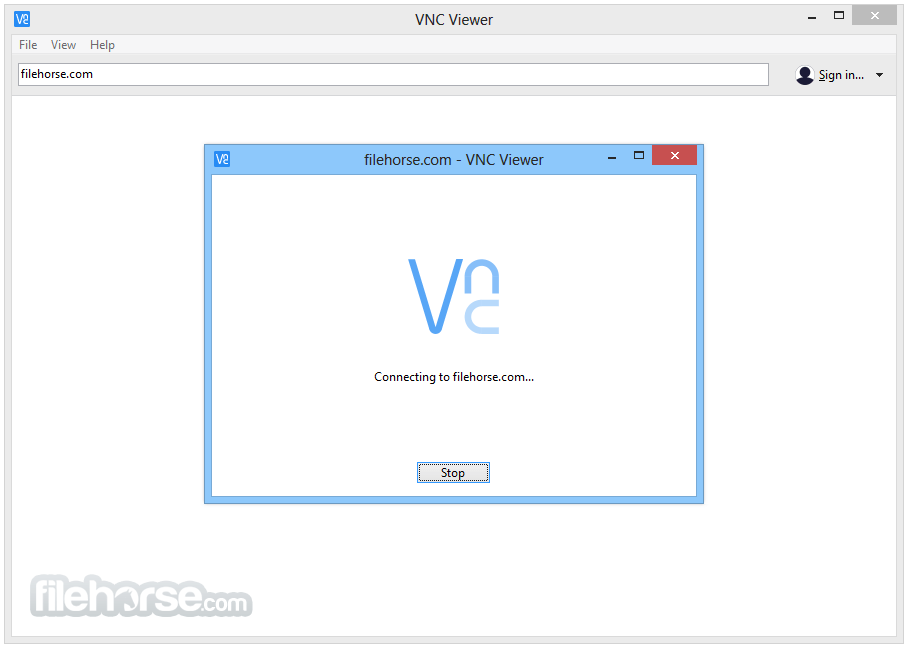


There are several free VNC servers available for Windows 10, we are going to use TightVNC software. VNC Server Prerequisites and rpm installationInstalling TightVNC Server On Windows 10. NEW: Added ability to sort connections using the Label column in Details View, so you can easily find servers that you have not yet labelled.1.
Start the VNC ServiceSwitch to Oracle user and start the VNC Service # vncserverWarning: ol7-dev:1 is taken because of /tmp/.X11-unix/X1Remove this file if there is no X server ol7-dev:1Xauth: file /home/oracle/.Xauthority does not existNew 'ol7-dev:2 (oracle)' desktop is ol7-dev:2Starting applications specified in /home/oracle/.vnc/xstartupLog file is ~]$ 4. # cp I have mentioned port 2, so that the VNC Desktop will be accessible on port 5902.Manually edit the copied file and replace to your usernameIn the below example I have replaced with oracle # vi # Clean any existing files in /tmp/.X11-unix environmentExecStart=/usr/bin/vncserver_wrapper oracle %iOr you may use sed command to replace the string, # sed -i 's//oracle/g' 3. By default VNC will listen to port 5900. Configure VNC ServerCopy the VNC configuration file / to /etc/systemd/system directory and mention the port which has to connect. # yum install tigervnc-server# yum install xorg-x11-fonts-Type1 2.
Vnc Server Download And Install
Accessing the GUI using VNC ServerDownload and install any VNC viewer on your client PC to access the VNC Server. This will enable the auto start on system boot # systemctl start systemctl enable 5. This will also enable autostart on system boot.Reload systemd’s configuration # systemctl daemon-reloadConfigure the VNC password for user oracle # vncpasswd oracleStart and enable the VNC Server service.


 0 kommentar(er)
0 kommentar(er)
